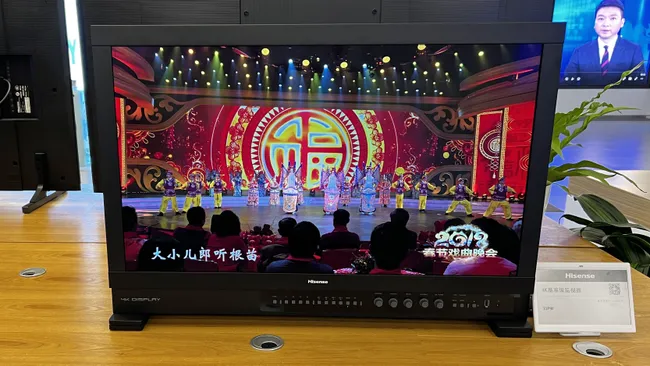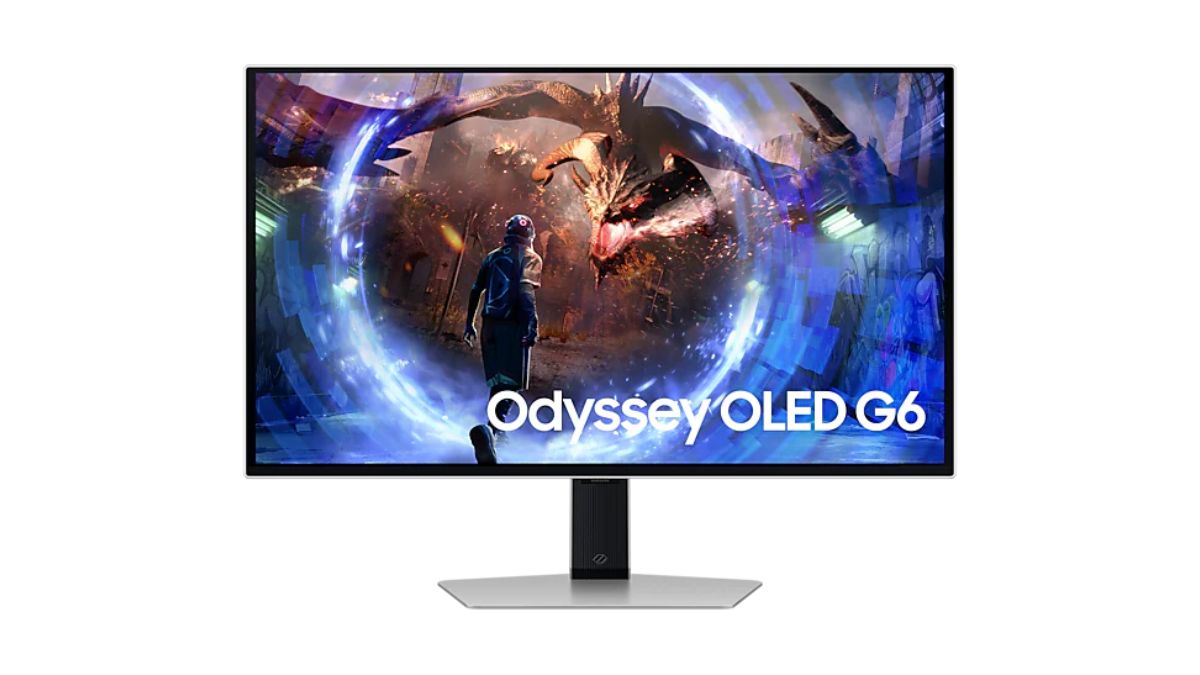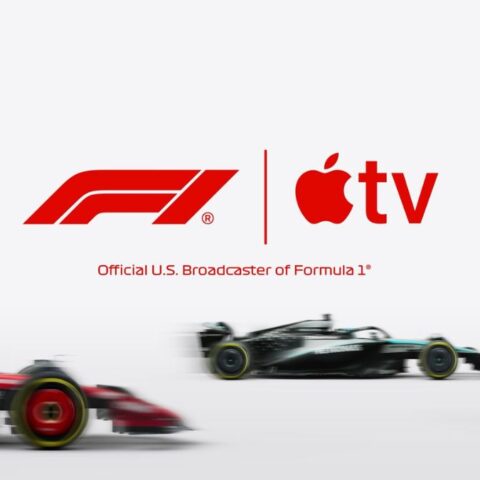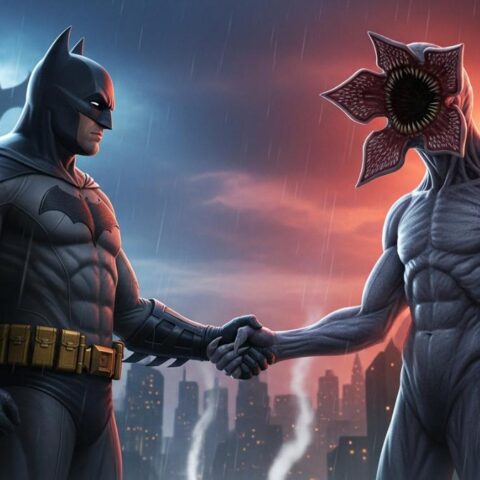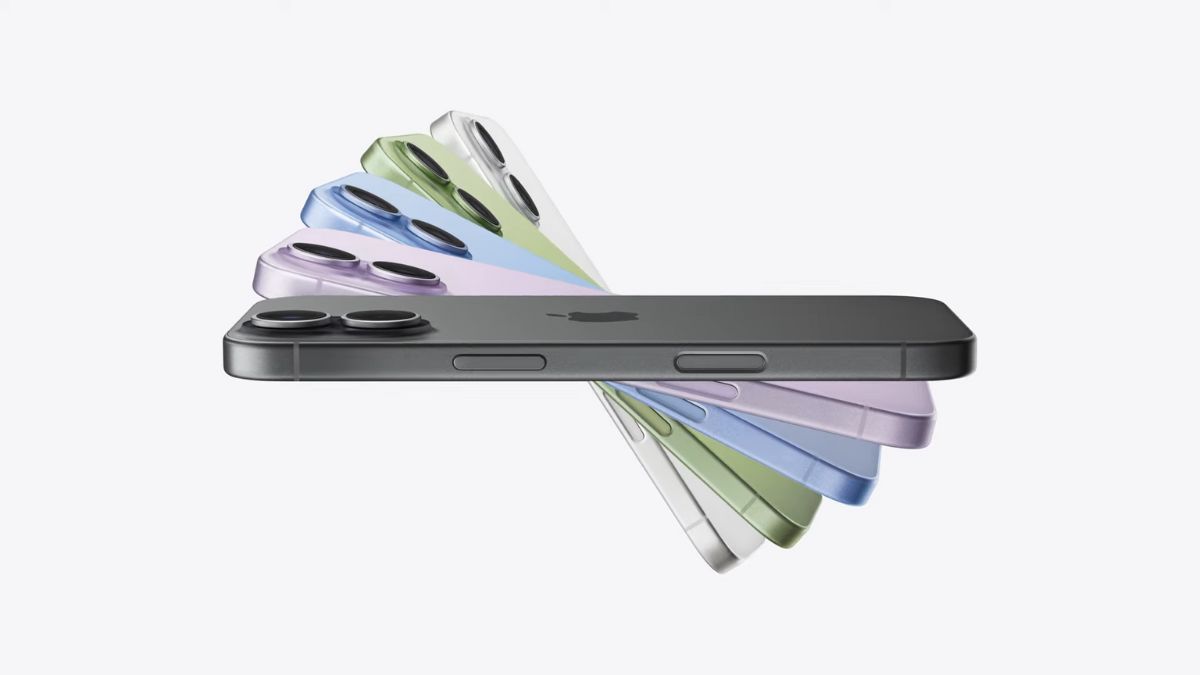Ever wondered what the screens used to perfect movies look like? They are much thicker than regular TVs, use unique LCD technology, and cost a lot more.
These “mastering” monitors are used by movie studios to ensure the best possible picture quality. Here’s a look at what makes these monitors special.
Design and Features
Mastering monitors are designed to be extremely accurate. They are bulky, with a boxy shape, and have old-school buttons and dials on the front.
These controls are used to adjust the visual settings, but once set, they are not changed often. The monitors are typically around 32 inches wide but are about six inches thick. This thickness is necessary for heat dissipation, as the monitors use a lot of power.
Unique LCD Technology
These monitors use a special 4K dual-LCD panel. The dual-layer LCD setup allows for better color accuracy and contrast, much like OLED screens, but without the same limitations.
The first layer of LCD controls the light, and the second layer helps to block unwanted light. This results in deep black tones and bright images. However, this setup uses a lot of power and creates a lot of heat, which is why these monitors are so thick.
Why Not All TVs Use This Tech
While this dual-LCD technology provides excellent picture quality, it is very inefficient. The layers absorb a lot of light, making the monitors consume a lot of power.
As a result, these monitors are expensive and are not practical for regular TVs. They are used in professional settings where price and power consumption are not a concern.
Price and Availability
Hisense’s reference monitor, for example, costs around $35,000. This is similar to the price of Sony’s professional monitors.
These monitors offer features like multiple input options and the ability to display several images at once, making them perfect for color grading and other professional tasks.
Movie mastering monitors are built for precision and quality, not for everyday use. They are bulky, expensive, and power-hungry, but they provide picture quality that sets them apart from regular TVs.

